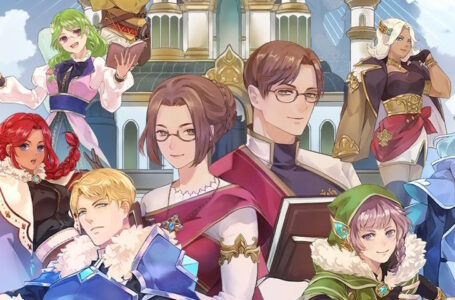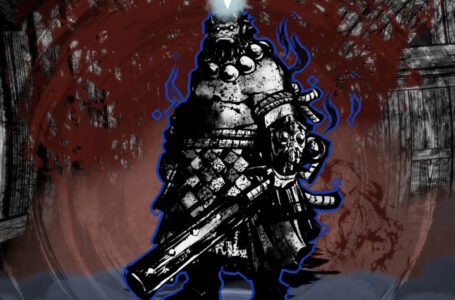Blue Reflection is a masterpiece, and we’re getting a new one
Over the weekend at Anime Japan 2021, Koei Tecmo confirmed it has some substantial plans ahead for Blue Reflection, a property introduced by Atelier developers Gust in 2017.
Specifically, there’s an anime series called Blue Reflection Ray (which had been previously announced) set to start airing on April 9 of 2021, but on top of that there is to be an iOS, Android and PC game called Blue Reflection Sun, and a Switch, PS4 and PC game called Blue Reflection Tie — or Blue Reflection: Second Light in the west.
Enjoy Gust’s work? How many of these Atelier games have you played?
Yes, in the west; Koei Tecmo Europe and America have already confirmed that the Switch, PS4 and PC game will be coming over here, but there is presently no news on when we’ll see the game or what it involves. All we have so far is the promotional artwork by series artist Mel Kishida, in which the central character represents Blue Reflection: Second Light. Said character bears a slight resemblance to first game’s protagonist Hinako, but whether or not it actually is her — perhaps in a slightly older form — remains to be seen.
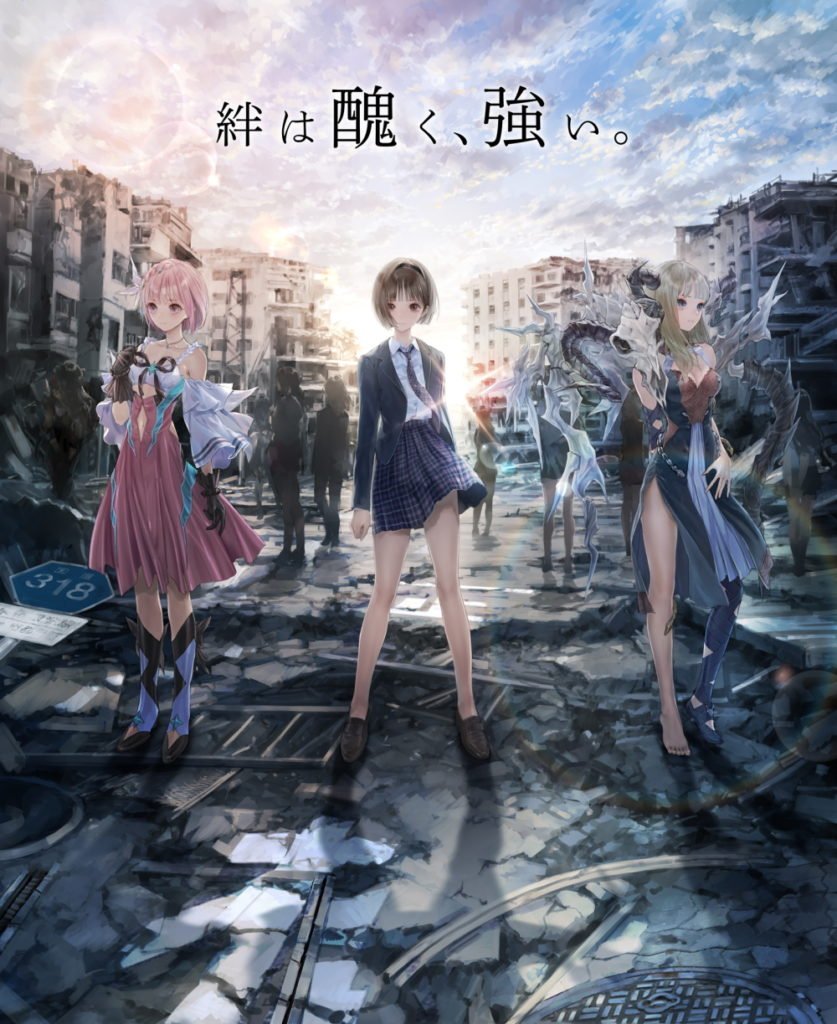
Since there’s nothing more to share about the new games at this time, it seems like a good opportunity to remind ourselves of why the first game was such a masterpiece. And, indeed, if you passed up on it first time around, why you should give it a go for yourself.
What is Blue Reflection?
Blue Reflection is a role-playing game in which you take on the role of a teenage girl named Hinako. Much of the narrative concerns how she is coming to terms with a life-changing injury that has cut her promising ballet career short — but also the discovery that she is a type of magical girl called a “Reflector”.
Blessed with the ability to dive into the collective unconscious known as The Common, Hinako begins a quest to save her classmates from “rampancy”; a state where they become so overcome with emotion that they lose touch with reality. Naturally, there is a sinister reason for the frequency with which this seems to occur — but I’ll leave that for you to discover for yourselves.
The game alternates between sequences where Hinako lives out a normal life at school with the people around her, and her battles in the Common to help ensure the safety of her classmates.
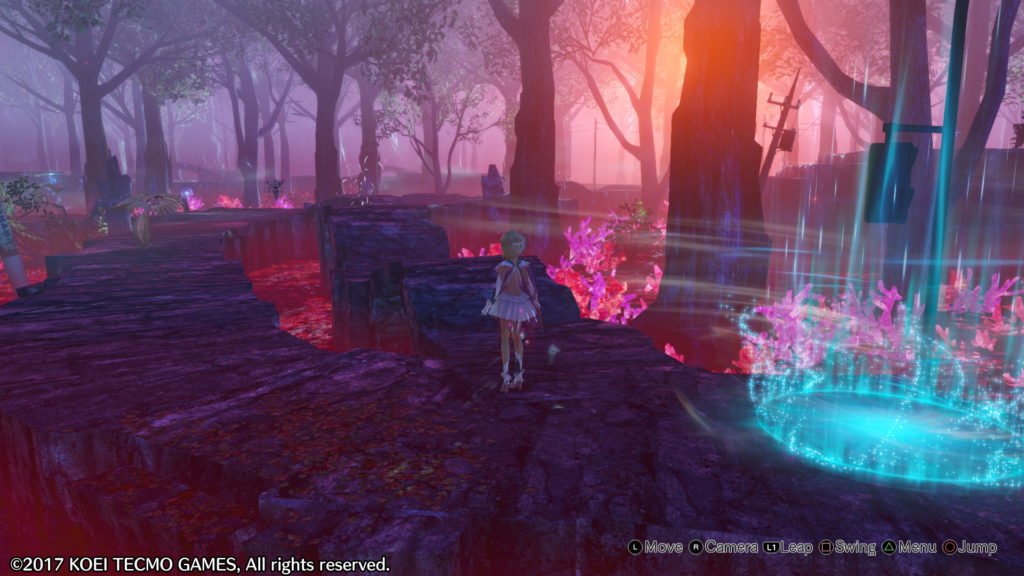
Blue Reflection looks beautiful
Blue Reflection’s character designs and overall aesthetic are the work of Mel Kishida, who previously worked with developer Gust on the four Arland games in the Atelier series. Kishida has a distinctive style that is characterised by soft outlines that resemble pencil drawings, and the colours he uses are typically rather pale, pastel tones — though not always.
Kishida’s character designs tend to incorporate a lot of detail, particularly in the clothing. He makes use of Gothic influences and emphasises the youthfulness of many of his characters, giving many of his designs an air of doll-like fragility about them. This is especially apparent in Blue Reflection’s sequences in The Common, where the three main characters have absolutely gorgeous costumes that are packed with elaborate detail — and an overall design that fits each character’s theme perfectly.
Aside from the overall designs themselves, Blue Reflection is one of Gust’s best looking games. The excellent, expressive 3D models for all the characters capture the essence of Kishida’s artwork perfectly, and some impressively high-resolution textures in the backgrounds provide the sense that Gust felt the game’s setting was just as important as the characters in it.
Indeed, Blue Reflection unfolds over a small number of beautifully crafted locations rather than providing a sprawling, world-spanning adventure; this emphasises the “intimate” feeling that the game’s narrative as a whole is really going for, particularly when combined with the surprisingly good cinematography and direction seen in the cutscenes. This is a game put together by people who know how to present a story for maximum impact.
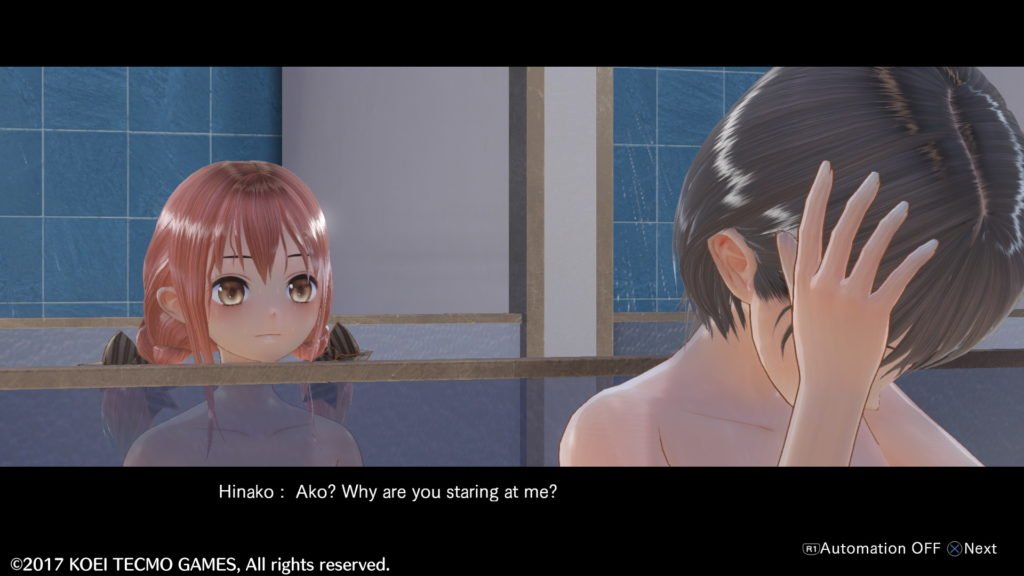
Blue Reflection sounds beautiful
One of the most interesting things about Blue Reflection is its soundtrack by Hayato Asano, a composer who had previously worked on several of the company’s titles, including Atelier Escha & Logy, Atelier Shallie and Nights of Azure. While now working as a freelance composer rather than a Gust staffer, he still does work for the company, with his music being heard most recently in the Atelier Ryza games.
Blue Reflection’s soundtrack is fascinating because it combines so many disparate influences into something wonderful. While a significant proportion of the game consists of ethereal piano music that highlights the “dream-like” feel of the narrative, Asano is never afraid to take a sharp turn into unexpected territory — most notably with the battle themes, which take strong influences from electronic dance music genres, particularly dubstep.
It’s not a completely abrupt shift, mind you; Asano obviously had a clear vision for what he wanted to achieve with the soundtrack, and there are enough consistent elements between the different types of track to keep the whole thing feeling coherent. For example, he makes a point of using specific musical instruments to represent the game’s three heroines Hinako, Yuzu and Lime; Hinako is represented by the piano that we hear most frequently throughout the soundtrack, Yuzu’s youthful and carefree personality is reflected (no pun intended) by some rather energetic violin work, and Lime’s somewhat more mature nature is emphasised through the use of the cello.
The game also features impressive, dramatic, multi-part boss themes, including a finale sequence that I defy you to get through with dry eyes. But to say too much about that will spoil certain things, so I will hold my tongue there.
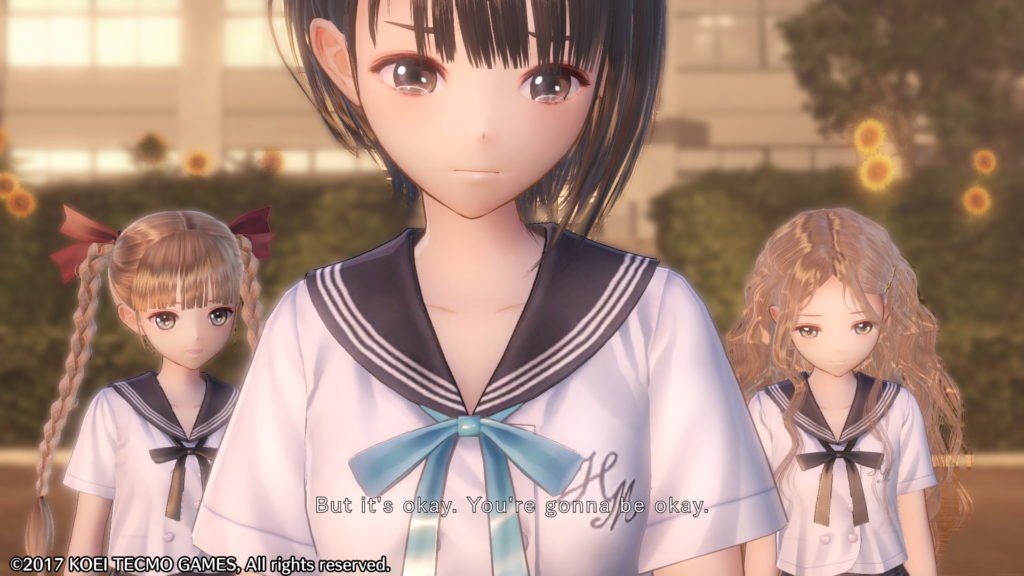
Blue Reflection is a game about empathy
The idea of learning to understand one another is not an uncommon theme to be explored in Japanese popular media, but Blue Reflection delves into this side of things in more detail than most. The very concept of the story involves helping people to understand and come to terms with their “rampant” emotions — though the game is always careful to ensure that Hinako and her two companions never act as a “magic bullet” to solve the characters’ problems.
Rather, the game reveals quite early on that rampancy is a state that comes about at least partly from fear: fear that no-one will accept your emotions and that no-one will listen to you. Thus, in order to stabilise someone suffering with rampant emotions, it’s not a case of giving them a good slap until they come to their senses; rather, it’s a matter of developing a true connection, attempting to understand where those feelings came from in the first place, and empathising with them. This isn’t always easy, of course.
All this is important to the story as a whole because Hinako herself starts the game as someone who is almost completely closed off to everyone around her after her injury. She actively pushes people away who clearly want to help her — but at the same time, it’s obvious that she wants to be heard and understood.
While she hasn’t completely lost her mobility as a result of the accident, her response to the situation is very similar to how someone might attempt to cope with the knowledge that they had suffered a permanent, debilitating medical condition of some description. She’s initially sad and angry, she often pushes the boundaries out of frustration — frequently hurting herself in the process — but over time comes to understand and accept herself… with that all-important assistance and support of others.
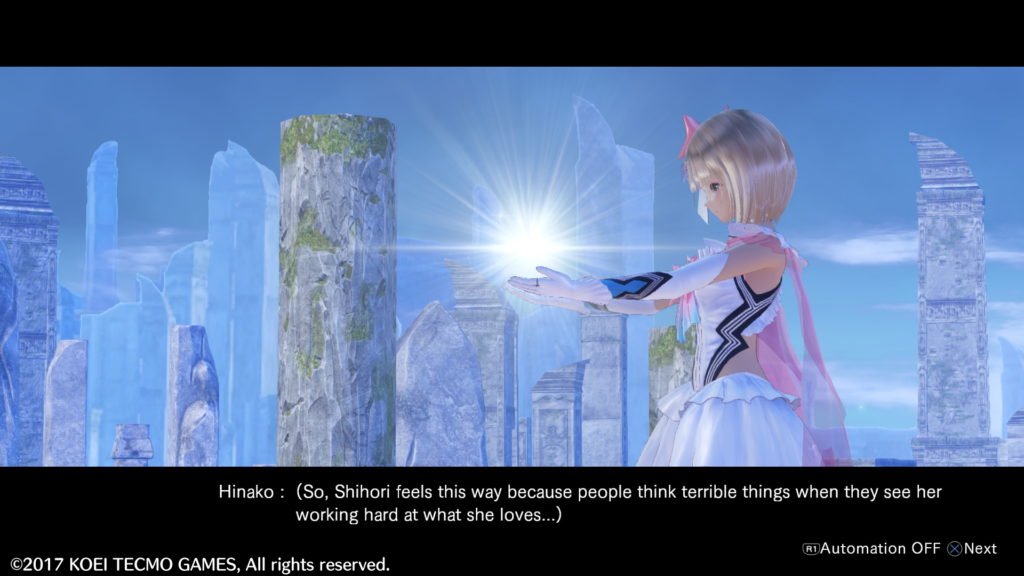
Why you should play Blue Reflection
Blue Reflection is a genuinely intelligent game that has something to say. It’s emotionally engaging, it’s beautifully presented and it’s enjoyable to play. While its “RPG” aspects may not have the depth of some of Gust’s other titles, they’re perfectly competent — fans of Atelier Iris 2: The Azoth of Destiny will particularly appreciate a twist on that game’s excellent combat system — and Blue Reflection makes no secret right from the outset that it has no intention other than to be a narrative-centric game that will probably make you cry.
It’s a game that is proud of what it is, takes ownership of its own identity and invites you to engage with it on the understanding that you might come to realise something about yourself in the process. It’s one of Gust’s finest games, a genuine (oft-overlooked) masterpiece of gaming — and the news that a new one is on the way fills me with indescribable joy.
Join The Discussion
Rice Digital Discord
Rice Digital Twitter
Rice Digital Facebook
Or write us a letter for the Rice Digital Friday Letters Page by clicking here!
Disclosure: Some links in this article may be affiliate links, which means we may earn a small commission if you make a purchase after clicking on them. This is at no additional cost to you and helps support Rice Digital!
- Letter from the Editor: passing the torch - June 30, 2023
- Super Woden GP 2 is looking promising - June 30, 2023
- Inti Creates is making a 32 bit-style Love Live action platformer - June 26, 2023




